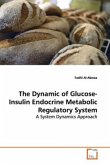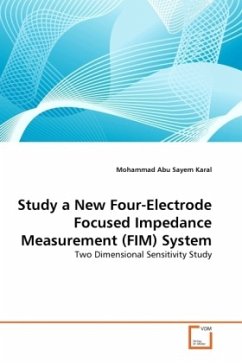Thromboembolic events caused by implanted
cardiovascular devices present serious challenges to
surgeons and researchers alike. In particular
bileaflet mechanical heart valves are prone to
thrombus formation in the hinge region due to a
combination of high shear stress and stagnation
regions. It is desirable to study this phenomenon in
a more physiological environment. This research
presents models that isolate and mimic bileaflet
mechanical heart valve (BMHV) hinge geometries to
quantitatively characterize procoagulant potential in
a novel in vitro blood flow system. These results
were correlated with digital particle image
velocimetry measurements detailing flow fields for
the same models. Simple round and slit orifices were
used to model the hinge region and B-datum line,
respectively, of BMHVs. Channels that approximated
the different geometries of various BMHV hinge
designs were also developed and evaluated. As a final
test, BMHVs were also studied using these same
techniques to assess the influence on hinge gap width
and hinge geometry on platelet activation and
procoagulant potential.
cardiovascular devices present serious challenges to
surgeons and researchers alike. In particular
bileaflet mechanical heart valves are prone to
thrombus formation in the hinge region due to a
combination of high shear stress and stagnation
regions. It is desirable to study this phenomenon in
a more physiological environment. This research
presents models that isolate and mimic bileaflet
mechanical heart valve (BMHV) hinge geometries to
quantitatively characterize procoagulant potential in
a novel in vitro blood flow system. These results
were correlated with digital particle image
velocimetry measurements detailing flow fields for
the same models. Simple round and slit orifices were
used to model the hinge region and B-datum line,
respectively, of BMHVs. Channels that approximated
the different geometries of various BMHV hinge
designs were also developed and evaluated. As a final
test, BMHVs were also studied using these same
techniques to assess the influence on hinge gap width
and hinge geometry on platelet activation and
procoagulant potential.








